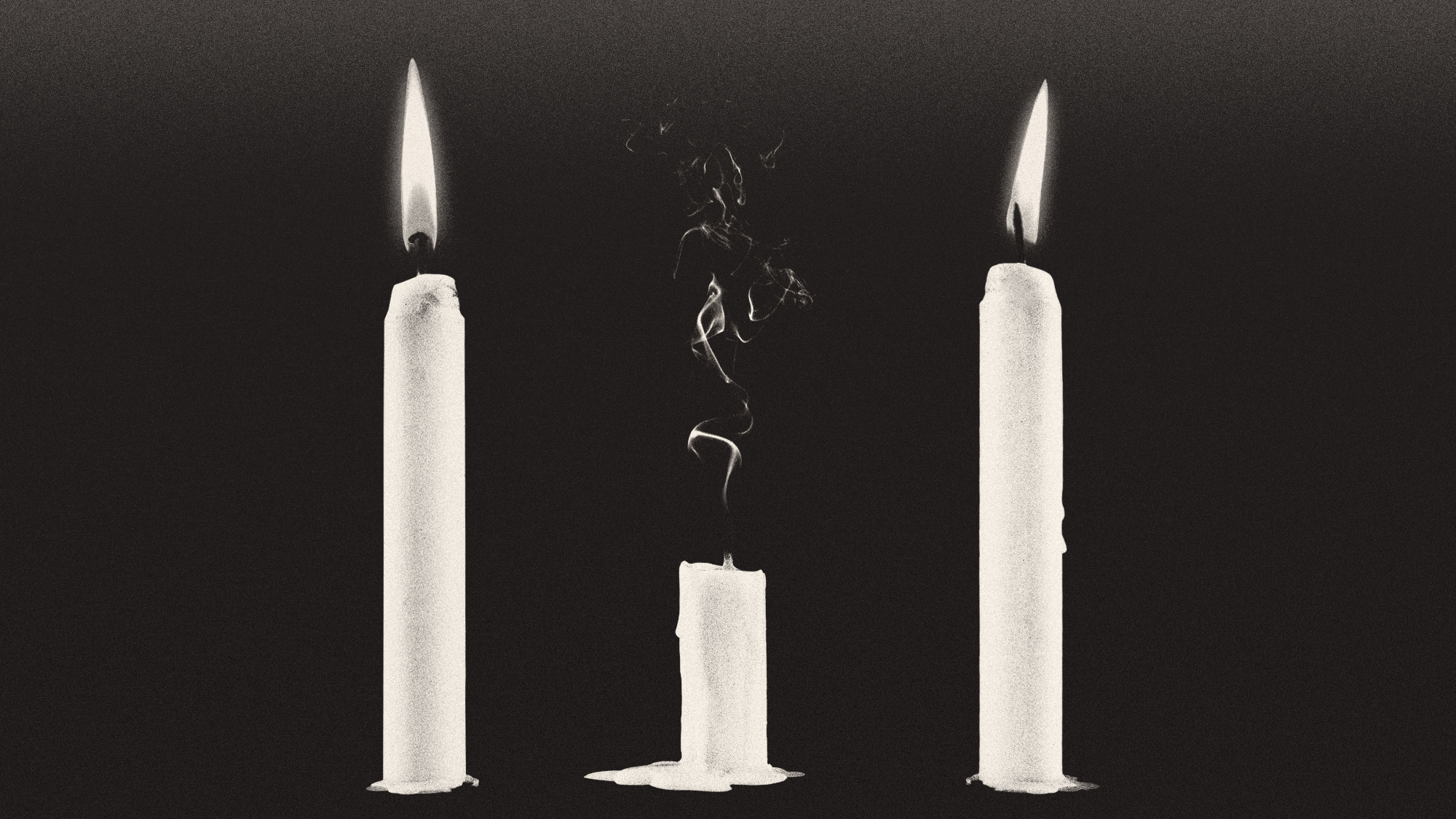Exhibit of the week: Stieglitz, Steichen, Strand
“The Met’s quietly spectacular Stieglitz, Steichen, Strand is the photographic equivalent of an old master exhibition,” said Vince Aletti in The New Yorker.
The Metropolitan Museum of Art, New York
Through Apr. 10
“The Met’s quietly spectacular Stieglitz, Steichen, Strand is the photographic equivalent of an old master exhibition,” said Vince Aletti in The New Yorker. If any group of artists provided modern photography with its foundational body of work, it was this trio of brilliant early allies. From Alfred Stieglitz’s nude studies of Georgia O’Keeffe to Edward Steichen’s iconic portraits of New York’s Flatiron Building and Paul Strand’s hard-edged modernist cityscapes, the familiar images in this show “remain startlingly fresh.” Part of their impact can be attributed to the fact that the Met’s prints are “simply astonishing—rich and alive, with real star quality.” In fact, “if you’ve only seen these works in reproduction, you haven’t really seen them.”
The Week
Escape your echo chamber. Get the facts behind the news, plus analysis from multiple perspectives.

Sign up for The Week's Free Newsletters
From our morning news briefing to a weekly Good News Newsletter, get the best of The Week delivered directly to your inbox.
From our morning news briefing to a weekly Good News Newsletter, get the best of The Week delivered directly to your inbox.
Viewed in all their original glory, the works upend photography’s “standard” history, said Ariella Budick in the Financial Times. Stieglitz, who acted as a mentor to both Steichen and Strand, is usually said to have enacted the medium’s coming-of-age with his own career. Initially influenced by the “gauzy, atmospheric paintings of Whistler,” he strove in the 1890s to win respect for photography by borrowing his visual language from impressionist paintings and Japanese woodcuts. But that didn’t last. By 1913, Stieglitz had embraced “modernist orthodoxy,” loudly insisting that photography had to shake off painting’s influence and capture the world in “sharp focus, with no retouching.” What this show proves is that Stieglitz was kidding himself. He, Steichen, and Strand moved in new directions, but they never stopped borrowing great ideas from painting. It turned out that the camera is simply another artistic tool—“no purer or more corruptible than the brush.”
Whatever his shortcomings as a theorist, Stieglitz proved a prolific image maker and an even better “cultivator of talent,” said Karen Rosenberg in The New York Times. His own evolution culminated in “clean-lined, geometric” portraits of 1930s New York that he captured from his 30th-story apartment. A few steps away, three large exhibition prints of Steichen’s The Flatiron show the distinctive skyscraper wrapped in “Whistleresque mists of indigo and gray.” Strand, in turn, “transforms a row of clotheslines” below his own New York apartment window into “a cubo-futurist fantasia.” Even today, there are photographers who’d argue against Stieglitz’s contention that photography is “art,” said The Economist. “But does it matter? Not nearly as much as the photographs.”
A free daily email with the biggest news stories of the day – and the best features from TheWeek.com


